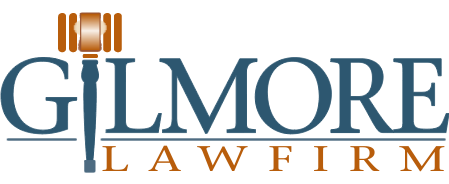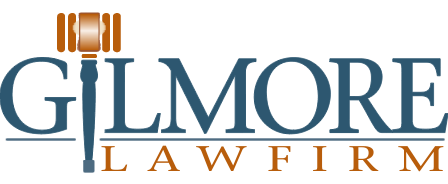Preventing On-the-Job Injuries – Falls and Trips
Just last week, I told a good friend something I believe whole-heartedly about my law practice – “I would be thrilled if the types of cases I handle dried up, and I went out of business.” He looked at me like I was crazy, and so have other people when I have said something similar.
Why do I believe it? Because it would mean that people were no longer getting hurt at work, in automobile or trucking accidents, or by defective products. It would mean that insurance companies paid all valid claims, and big business starting treating small businesses right. That would be fanatastic, don’t you agree? It would also mean I would be without a job.
I honestly hope one day it happens. In the meantime, how do we, try as we might, to prevent injuries? First, we can tackle on-the-job or work-related injuries, which are some of the most common injuries in the United States. Over 4 million of them happen every year. In order to prevent these injuries, we have to know what their causes are. The United States Department of Labor recently released a report, including statistics, about year 2009 work-related fatalities. When categorized by type, you can see that the top causes of on-the-job fatalities are
- Automobile and trucking accidents (39%),
- Assaults and violent acts (18%),
- Falling objects or equipment or machine-related accidents (17%), and
- Falls (14%)
The numbers break down similarly for non-fatal injuries, with falls, falling objects and equipment increasing in percentages.
I’ll address prevention methods for all of the above, but let’s focus on falls for now. The following recommendations have been offered as a means of preventing falls in the workplace:
- Owners, managers and supervisors must make a commitment to prevent accidental slips, trips and falls.
- Regular frequent inspections of working and walking areas should be conducted to identify environmental and equipment hazards which could cause slips, trips and falls. Special attention should be given to the working and walking surfaces, housekeeping, lighting, vision, stairways and ladders. Immediate corrective action should be taken.
- Extensive safety training on the prevention of slips, trips and falls should be provided for all new employees. Regular retraining should be provided for all employees. Special attention should be given to proper walking, carrying, climbing and descending stairways, ladders, vehicles and equipment. Unsafe practices should be corrected immediately.
- No riders or workers should be permitted on equipment or allowed to use equipment unless a safe seat or workstation and proper training are provided.
- All slips, trips and falls, with or without injury, should be reported, recorded and thoroughly investigated. Corrective action to prevent such a repeat occurrence should be taken immediately.
Employees can do their part as well, by doing the following:
- Following safety procedures and guidelines
- Wearing proper footwear for their work and environment whether in the office, shop, plant, feedlot or field
- Securing ladders, scaffolding, and other equipment
- Making sure that dimly lit areas receive additional lighting
- Ensuring that objects do not hide fall or trip hazards
- Using signs to alert others to hazards
Let’s all do our part, and help others do theirs, so we can cut down on injuries in the workplace.


